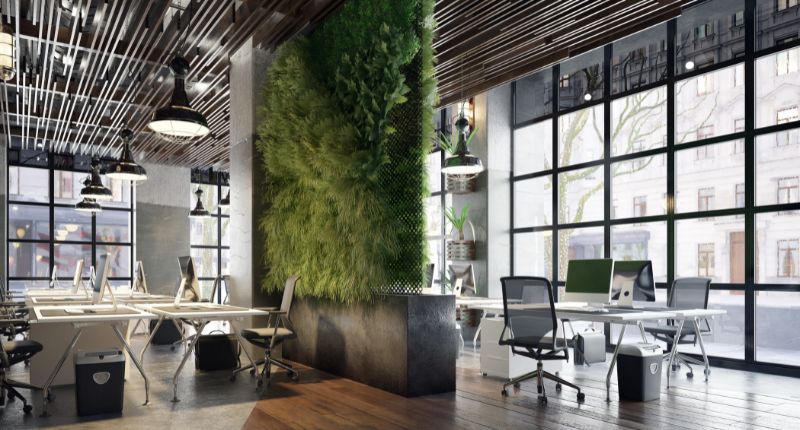
- The adoption of flexible office spaces has been rising in Australia.
- Big businesses are sticking with traditional offices due to cost and staff size.
- Flexible office spaces are facing challenges of attracting users and maintaining supply.
The popularity of flexible office spaces has been on the rise in Australia, according to the Flex Future 2023 report released by Flexible Workspace Australia (FWA).
Many businesses are attracted to this hospitality model because it creates a shared workspace where different companies can share and use the same space, according to FWA co-chair and CEO of Hub Australia, Brad Krauskopf.
“Just like the hotel industry, flexible office space has developed different brands that cater to clients’ needs and provide a wide range of offerings,” he said.
Flexible workspaces enter the hot seat as a viable office option
Several factors have led to the rise in demand for flexible office space. Workers are increasingly valuing flexibility in their work environment. Furthermore, employers need to attract and retain top-tier staff by creating a positive workplace culture.
“Not only do people want to consume their workspace on more flexible terms, but employers are looking to create an office experience where people will choose to come into the office rather than work from home,” said Krauskopf.
“A workspace is no longer just about the desk and the chair, but about the experience.”
Brad Krauskopf, FWA co-chair and CEO of Hub Australia
Flexible office spaces offer employees additional amenities and benefits that traditional offices tend not to have, and that can motivate employees to leave their home workstations and come into the office.
“Amenities such as podcast studios, cafes, and a concierge are not normally something that one business can put into their office space, but it is possible in a space where everybody can share those amenities,” said Krauskopf.
The variety of flexible spaces can also enable a business to pick a space that better represents its business and culture.
“There will be a right co-working and flexible space offering that matches and supports a company’s brand and culture,” said Krauskopf.
Flexible offices are still a niche
Despite growth in the sector, traditional offices remain the choice for many businesses due to costs and staff sizes.
“It is typically cheaper to commit to traditional office spaces, as tenants tend to have to pay a premium for the flexibility that co-working or serviced offices provide,” said CBRE’s head of office and capital markets research, Tom Broderick.
Businesses that are attracted to flexible office spaces typically have less than 10 employees and are unsure of their future growth trajectory, added Broderick.
While flexible office spaces are designed to be a Swiss army knife of offerings, a traditional office space can be tailored to suit the tenant’s needs best.
“Traditional office space allows tenants to create a more specialised workplace for their specific needs in terms of fit-out and technology within their footprint, while flexible space can tend to be more generic,” said Broderick.
Co-working has room to grow
Flexible office spaces continue to pop up, with even some larger landlords embracing flexible spaces within their buildings.
“Major landlords are seeing flexible space as a boost to the overall amenity of their buildings, allowing for spaces that they can use when they need additional short-term project spaces,” said Broderick.
Further growth is expected within the flexible office sector. However, this sector will require further increases to supply levels, as well as other tweaks to the necessary frameworks to ensure continued growth and that it is a viable option for businesses.
Globally, the predominant issues that co-working spaces are experiencing include attracting new members, the condition of the real estate market, financial constraints, cost of living pressures, and the lack of available workspace.
“We still need to build our supply and build out business models that give people the confidence and the certainty around the kind of offering that they are getting,” said Krauskopf.
“It is up to the flexible and co-working space industry to really step up to this opportunity.”
Top problems for co-working spaces across the globe





